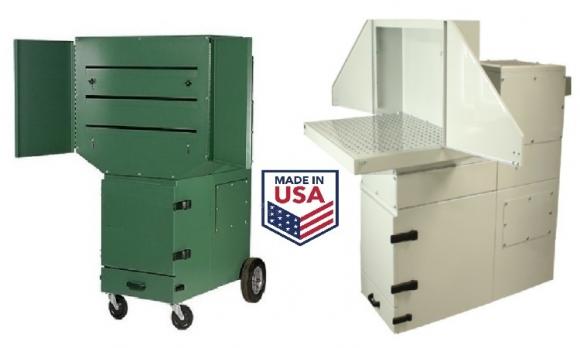Wet Dust Collectors are often misused
For Conductive Metal Dust a Wet Collector is really your only choice
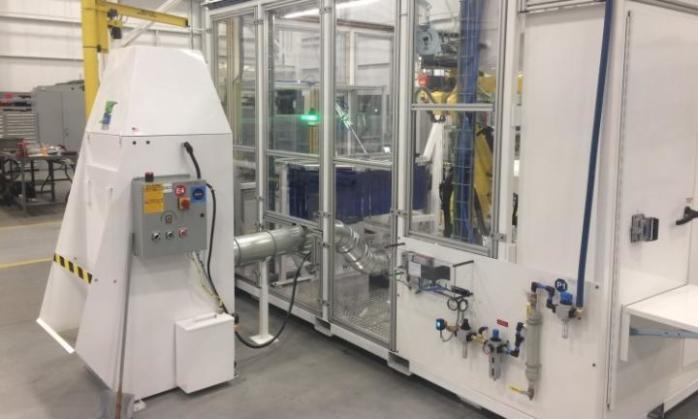
How to pick the correct Downdraft or Wet Collector
Dust Hazard Analysis (DHA) is the first step
A Dust Hazard Analysis (DHA) is a systematic process defined by NFPA 660 to identify and evaluate potential fire, deflagration, and explosion hazards associated with combustible dust and particulate solids in a facility, offering recommendations to manage those risks.
Once your dust is analyzed it is best to follow the direction of your AHJ or EHS, and the recommendations given by the testing lab.
If you are sanding conductive metal, a Wet Dust Collector is essential.
If you are sanding conductive metal, a Wet Dust Collector is essential. OSHA prohibits the use of HEPA filters in Wet Collectors unless they are equipped with a heat sensor that shuts them down. This is because aluminum fines can remain in the HEPA filter after drying, which poses a fire hazard and has led to fires.
A wet dust collector filters to about 10 micron
Other than conductive dusts, Wet Collection is quite inefficient and can lead to a lot of dust-bypass. Having visited lots of plants where wet dust collection is used, the first thing you will notice is dust all over the floor. This is because most wet dust collectors don't have proper HEPA filtration as water and paper are not a good combo, for a lot of reasons.
Applications where Wet Dust Collection is not suitable
If you are sanding plastics, or graphite, anything with Silica, then you need proper HEPA Filtration that captures particulate down to .3 micron at 99.97% efficient. Water as your main filter will only allow the dust to completely bypass the unit.
HEPA Filtered Downdraft for Non-XP Metals
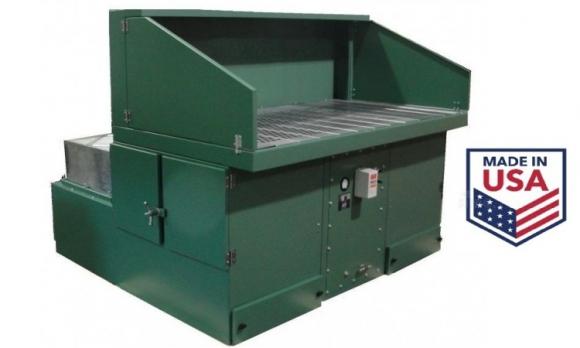
Ducted Wet Collector for XP Titanium and Aluminum Dust
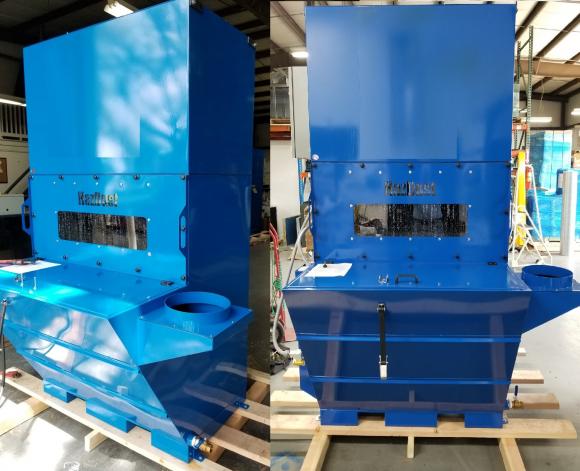
Wet Downdraft for XP Titanium and Aluminum Dust
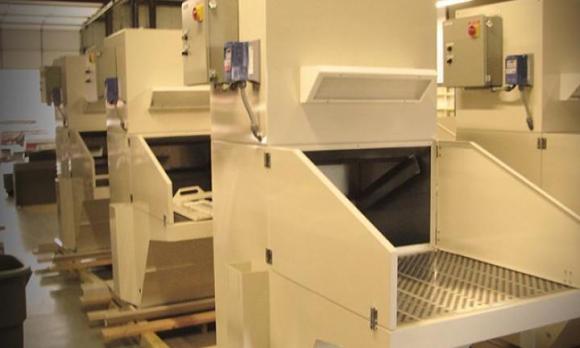
NFPA 660 Downdraft for ST1 XP Dust
